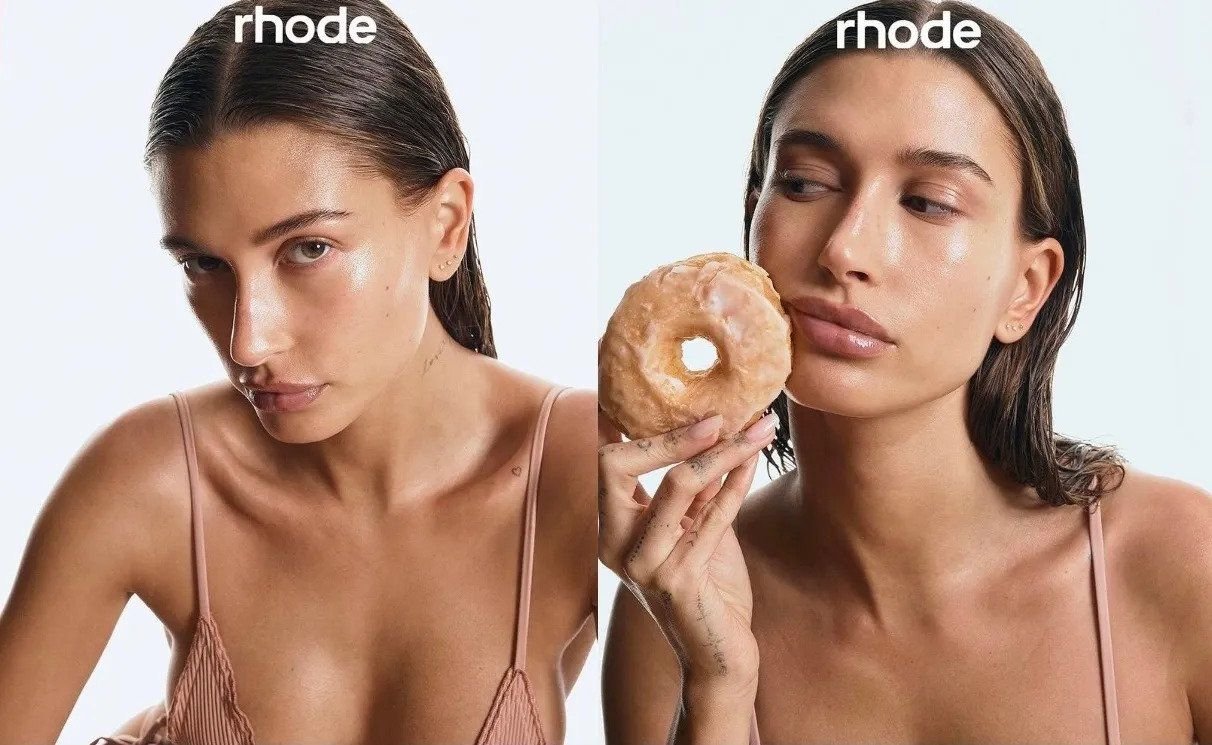How Consumerism Has Tainted Skincare
Image Courtesy: Prestige Hong Kong
When it comes to skincare, there is probably a product for every concern you could possibly think of. From ultra-hydrating face masks that replenish dry skin to eye creams for dark circles, there is a cosmetic solution for all of your insecurities. When I was a kid, the concept of skincare hadn’t yet become a cultural phenomenon, and the most I knew regarding skincare was to wash my face and use SPF. The rise of social media and beauty influencers in the late 2010s introduced an era of extensive beauty routines and skincare elixirs. Don't get me wrong, I admire how society has begun to prioritize self-care, and I enjoy going through my nightly routine. However, I've noticed that skincare marketing has extended beyond comfortable boundaries. For instance, the fear-mongering surrounding aging has become so prominent that teenagers are using anti-aging creams. It seems as though women within our society have been conditioned to rely on certain products that we don't even really need to maintain a positive self-image.
What the media won't tell you is that you only need to use around three to four products for an efficient skincare routine. A good cleanser, hydrating moisturizer, SPF, and a weekly chemical exfoliant are essential to maintaining healthy skin. While an extensive array of products sitting on your bathroom counter adds a sense of luxury and grandeur to your routine, it is simply unnecessary. Truth be told, the use of too many products poses more harm than good. Speaking from personal experience, layering on too many products at once (especially exfoliating agents and stronger acids) can strip your moisture barrier, leaving you red, inflamed, and unsatisfied. Nevertheless, countless social media influencers and brands continue to push this agenda of needing a ten-step skincare routine to achieve perfect, Instagram-ready skin.
Image Courtesy: The Sun
In sponsored YouTube videos and Instagram posts, content creators solely promote these products to reap financial benefits, regardless of whether they truly use them and are satisfied with the results. In addition, many monetized videos are heavily filtered or have use “blurring effect” to sell you the false narrative that these products are effective, thus influencing their audiences to splurge on overpriced routines. This is not meant to condemn influencers or content creators, but rather to encourage you to research products before you buy them and to not trust everything you see online.
These mass marketing strategies take advantage of our insecurities by selling us the illusion of perfect skin, aware that we will keep buying their useless products until these results are achieved. This generates a perpetual cycle of consumption where corporations benefit financially, leaching off consumers who have become dependent on a process that is not beneficial for them. To break the cycle, we must reject the unrealistic standard of pore-less, texture-free, and blemish-free perfect skin. Rather, we should all aim for healthy skin.
Image Courtesy: Elite Daily
Contrary to modern beauty standards, healthy skin has texture, wrinkles, sunspots, and acne. These so-called “imperfections” are real and natural—they mean that we are alive and functioning. No matter how many products and miracle creams you impulsively purchase acne-prone skin will always be acne-prone skin. But it is possible to manage acne with a gentle yet effective routine that maintains the overall health of your skin. Thankfully, customers have recently become more aware of these marketing ploys and tactics in their efforts to become more ethical consumers. With your social consciousness, we are witnessing the beginning of a societal shift that prioritizes holistic wellbeing.
Strike Out,
Writer: Emily Valmana
Editors: Noelle Knowlton & Lexi Fernandez
Tallahassee



